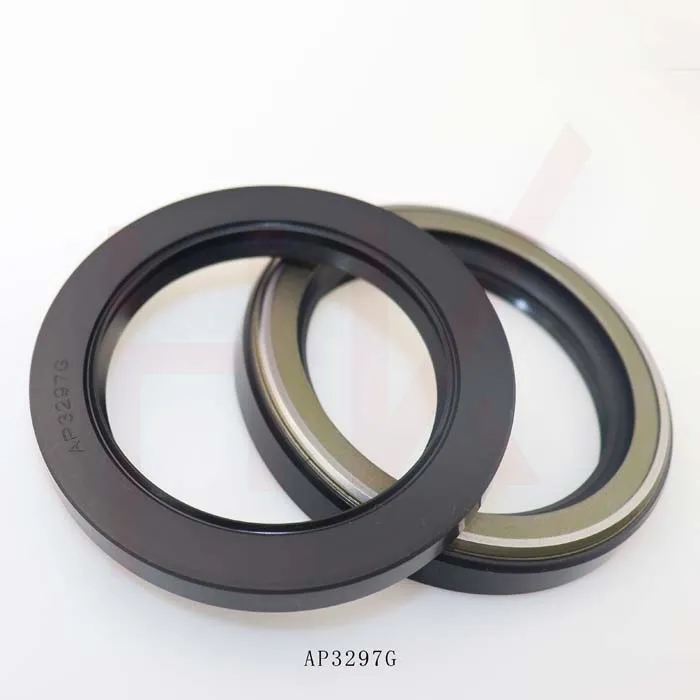Nov . 27, 2024 09:54 Back to list
Seal Kits for Pumps Essential for Optimal Performance and Longevity
The Importance of Seal Kits for Pumps Ensuring Efficiency and Longevity
In the world of industrial machinery, pumps play a crucial role in the transportation of fluids. From water to chemicals, the efficiency and reliability of pumps directly impact the overall productivity of a facility. One key component that ensures the optimal functioning of pumps is the seal kit. A seal kit for a pump is essential for maintaining pressure, preventing leaks, and extending the lifespan of the equipment. In this article, we will explore the importance of seal kits, their components, and best practices for maintenance.
What is a Seal Kit?
A seal kit for a pump typically consists of various sealing components designed to fit specific types of pumps. These components may include O-rings, gaskets, mechanical seals, and lip seals. The primary purpose of these seals is to create a barrier between the moving and stationary parts of the pump, preventing the fluid being pumped from leaking out and contaminants from entering.
The Role of Seal Kits in Pump Performance
1. Preventing Leaks One of the primary functions of a seal kit is to prevent fluid leaks. Without proper seals, fluids can escape, leading to product loss, safety hazards, and environmental contamination. Leaks can also create external conditions that cause corrosion and wear on pump components, leading to costly repairs and downtime.
2. Maintaining Pressure Seals help maintain the pressure within the pump system. Proper sealing ensures that the flow of fluid can be controlled effectively, which is vital for processes that require specific pressure levels. A failure in the sealing components can disrupt the flow, affecting the overall process efficiency.
3. Protection Against Contaminants Seal kits serve as a protective barrier against dirt, dust, and other contaminants. When contaminants enter the pump, they can cause abrasive wear on the internal components, leading to premature failure. Effective sealing prevents such issues, ensuring the longevity of the pump.
4. Cost-Effectiveness Investing in a quality seal kit can lead to significant cost savings in the long run. Regular maintenance with fresh seal kits can prevent major breakdowns and repairs, ultimately reducing operational costs. This is especially important in industries where the cost of downtime can be substantial.
Components of a Seal Kit
seal kit for pump

A typical seal kit may include
- O-Rings Circular seals that provide a tight fit in grooves, preventing leaks. - Gaskets Flat seals that create a tight seal between two surfaces. - Mechanical Seals Often used in rotating equipment, providing a seal between the moving and fixed parts. - Lip Seals Designed to retain lubricants and prevent the ingress of contaminants.
Best Practices for Seal Kit Maintenance
To maximize the efficiency and lifespan of the pump, it's essential to implement best practices for the maintenance of seal kits
1. Regular Inspections Conduct routine inspections of seals to detect signs of wear or damage. Early detection can prevent leaks and more significant issues down the line.
2. Proper Installation Ensure that seal kits are installed correctly, according to the manufacturer’s specifications. Incorrect installation can lead to seal failure.
3. Use Quality Components Always opt for quality seal kits tailored to your specific pump model. Generic or substandard seals may not provide the necessary performance and longevity.
4. Monitor Operating Conditions Keep an eye on the pump's operational conditions, such as temperature, pressure, and fluid type. Extreme conditions can affect seal performance, so adjustments may be necessary over time.
Conclusion
Seal kits play an indispensable role in the efficient operation and longevity of pumps across various industries. By preventing leaks, maintaining pressure, and protecting against contaminants, these kits ensure that pumps function optimally and reliably. Regular maintenance and the use of high-quality seal kits can lead to substantial cost savings and reduced downtime, making them a critical investment for any operation that relies on pumps for fluid management. Prioritizing seal kit management will not only enhance pump performance but also contribute to the overall efficiency and productivity of industrial processes.
-
TCN Oil Seal Metal Ring Reinforcement for Heavy Machinery
NewsJul.25,2025
-
Rotary Lip Seal Spring-Loaded Design for High-Speed Applications
NewsJul.25,2025
-
Hydraulic Cylinder Seals Polyurethane Material for High-Impact Jobs
NewsJul.25,2025
-
High Pressure Oil Seal Polyurethane Coating Wear Resistance
NewsJul.25,2025
-
Dust Proof Seal Double Lip Design for Construction Equipment
NewsJul.25,2025
-
Hub Seal Polyurethane Wear Resistance in Agricultural Vehicles
NewsJul.25,2025
-
The Trans-formative Journey of Wheel Hub Oil Seals
NewsJun.06,2025
Products categories
















